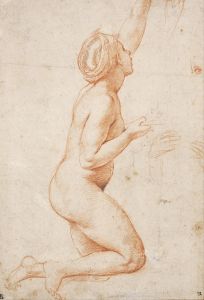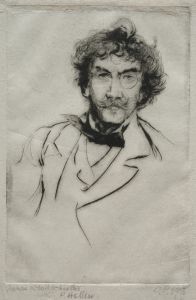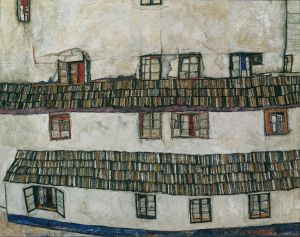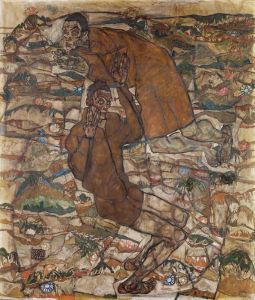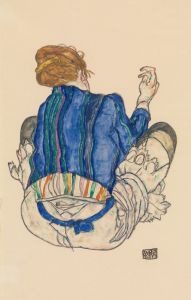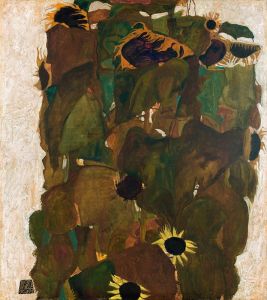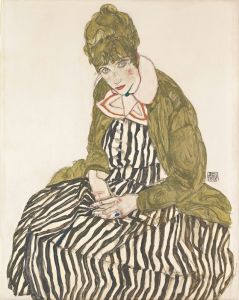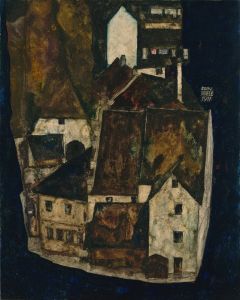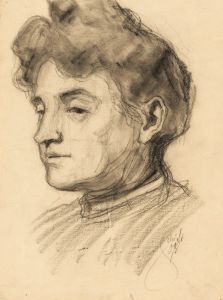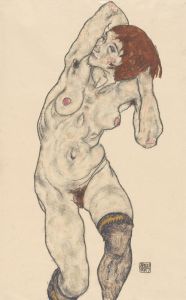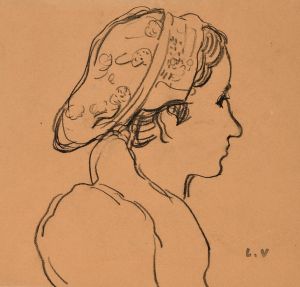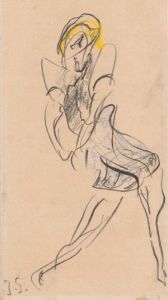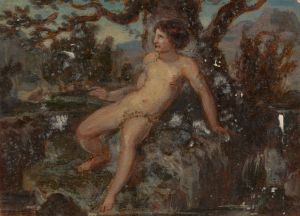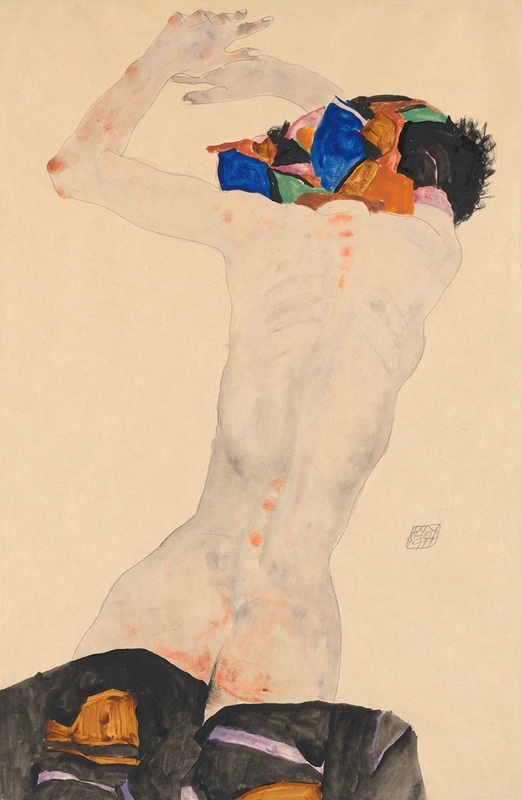
Rückenakt mit buntem Tuch
A hand-painted replica of Egon Schiele’s masterpiece Rückenakt mit buntem Tuch, meticulously crafted by professional artists to capture the true essence of the original. Each piece is created with museum-quality canvas and rare mineral pigments, carefully painted by experienced artists with delicate brushstrokes and rich, layered colors to perfectly recreate the texture of the original artwork. Unlike machine-printed reproductions, this hand-painted version brings the painting to life, infused with the artist’s emotions and skill in every stroke. Whether for personal collection or home decoration, it instantly elevates the artistic atmosphere of any space.
Egon Schiele, an Austrian painter known for his distinctive style and contribution to early 20th-century art, created the artwork "Rückenakt mit buntem Tuch" (translated as "Reclining Nude with Colorful Cloth") in 1914. Schiele was a protégé of Gustav Klimt and a major figurative painter of the early 20th century. His work is noted for its intensity and raw sexuality, and the artist often explored themes of the human form, sexuality, and existential anxiety.
"Rückenakt mit buntem Tuch" is a notable example of Schiele's exploration of the human body and his unique approach to composition and color. The painting depicts a nude female figure reclining with her back turned to the viewer, partially draped with a colorful cloth. This composition is characteristic of Schiele's work, which often features figures in unconventional poses and perspectives, emphasizing the contours and expressiveness of the human form.
Schiele's use of color in this painting is particularly striking. The colorful cloth contrasts with the more muted tones of the figure's skin, drawing attention to the interplay between the body and its surroundings. This use of color not only highlights the figure but also adds a layer of emotional complexity to the work, a hallmark of Schiele's style.
The painting reflects Schiele's interest in the psychological aspects of his subjects. By presenting the figure with her back turned, Schiele invites viewers to contemplate the inner life and emotions of the subject, rather than focusing solely on her physical appearance. This approach aligns with the broader Expressionist movement, of which Schiele was a part, where artists sought to convey emotional experience rather than physical reality.
Egon Schiele's career was relatively short, as he died in 1918 at the age of 28, but his impact on the art world was significant. His work, including "Rückenakt mit buntem Tuch," is celebrated for its boldness and emotional depth. Schiele's exploration of the human condition and his innovative use of form and color continue to influence artists and captivate audiences today.
"Rückenakt mit buntem Tuch" is housed in a private collection, and like many of Schiele's works, it is highly valued in the art market. Schiele's paintings are often sought after by collectors and have been featured in numerous exhibitions worldwide, contributing to his enduring legacy as a pivotal figure in modern art.
Overall, "Rückenakt mit buntem Tuch" exemplifies Egon Schiele's mastery of the human form and his ability to convey complex emotional states through his art. The painting remains a testament to Schiele's innovative spirit and his contribution to the Expressionist movement, securing his place in the history of art.





